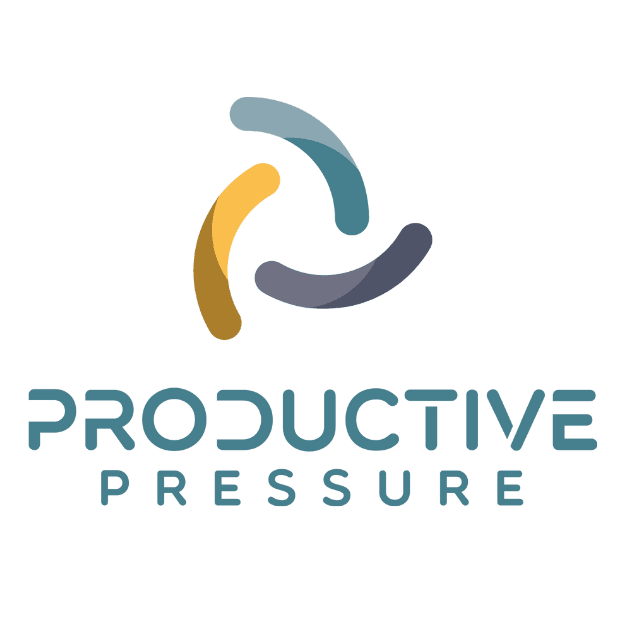
If you’re leading a business, you should also be leading an annual strategic planning process. It’s not enough to stay on top of the daily whirlwind that your business faces – you also must look ahead and look inside to determine how your business can meet the demands of the future. A solid strategic plan will provide you and your team with clarity, and with a roadmap to success.
What is strategic planning and why is it so important?

Strategic planning is a systematic process that helps your business set priorities, focus your team’s energy and resources, ensure that employees and other stakeholders work toward common goals, and assess and adjust your direction in response to changes in the business environment. In addition, strategic planning helps you ensure that your business goals are backed by data and sound reasoning. This matters. Without the strategic planning process, you and your team are left to simply respond to the immediate challenges of your business environment. This often results in people working according to different, sometimes competing, agendas, with no one having a clear idea of where they are headed. It’s confusing, and it’s bad for your business.
In contrast to operating in reactive mode, strategic planning provides you and your team with a clear direction.
Everyone knows where they’re going, so they also know how to measure whether they’re making progress. This, in turn, increases internal alignment around goals, while boosting team morale and collaboration. When you know where you’re going, you also can more effectively allocate your resources – from financial to talent-related. And finally, having a clear strategic plan allows you and your team to more effectively respond to unexpected challenges.
How to create an annual strategic plan for your business
First, keep in mind that the process of strategic planning is more important than the plan itself. During the process, your team will have the opportunity to think about and discuss your comprehensive, long-term vision – which doesn’t happen much in the day-to-day whirlwind. Here’s a quick snapshot of the process.
Start with your vision

Where do you want to go long term? What's next for you and your business? How do you intend to exit? (Most owners don't think about this until it's too late. Don't be one of them!) Having a clear vision is the MOST important part of your planning process. Once you stop and decide what you really want, the rest is just logistics.
Look back to look forward
You have to understand where you’ve been before you can choose the best path forward. Review any current or previous goals and how your business historically has performed against them. Define the challenges you’ve faced and how you might approach them differently.
Analyze the situation
With your team, conduct a SWOT analysis to provide some clarity. Think about where you stand regarding your internal strengths and weaknesses, along with the external opportunities and threats you’re facing.
Vet and Set your goals
Once you’ve reviewed past successes and articulated your current situation, it’s time to start setting goals for the strategic planning period. For your goals to serve you best, they must be SMART: specific, measurable, attainable, relevant and time-bound. In other words, a good objective outlines who will do what, by when, at what level. You can prioritize your goals for the planning period based on their expected return on investment. And as I always say, VET your goals before you set your goals, making sure they align with your Values, Energy and Talent.
Develop a reverse-engineered action plan
This part of the planning process sketches your roadmap for achieving your goals. Work backwards from where you want to go. What do you need to do to get you there? This section of your plan will assign specific roles and responsibilities, making sure everyone on your team fully understands how they contribute to overall success. During this phase, you’ll also decide on timelines and necessary resources. You’ll need to estimate the level of resources required for each step in the plan, constantly balancing investment with potential returns. But remember – keep your plan agile: you can't predict the future, so expect that you'll need to adjust your plan over time.
Define metrics and create a dashboard

You won’t know if you’re successful if you don’t develop a way to keep score. With your team, define the key metrics and performance indicators you’ll use to measure progress toward your larger goals. Use these to develop a visual progress dashboard to keep you on track. Also articulate how often you’ll check progress and what kind of feedback loops you’ll create.
Seek alignment
Once you have a draft of your plan, it’s time to share it. First, you’ll want to share with all the team members who were involved in providing information, forecasts, calculations, and insight. When the team is satisfied that the plan is sound, it’s time to share with broader stakeholders. It’s not always easy to create a roadmap for where your business is going, but the good news is that you don’t have to do it alone. You’ll have your team to support you.
